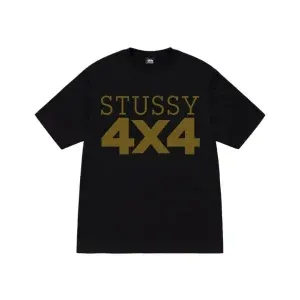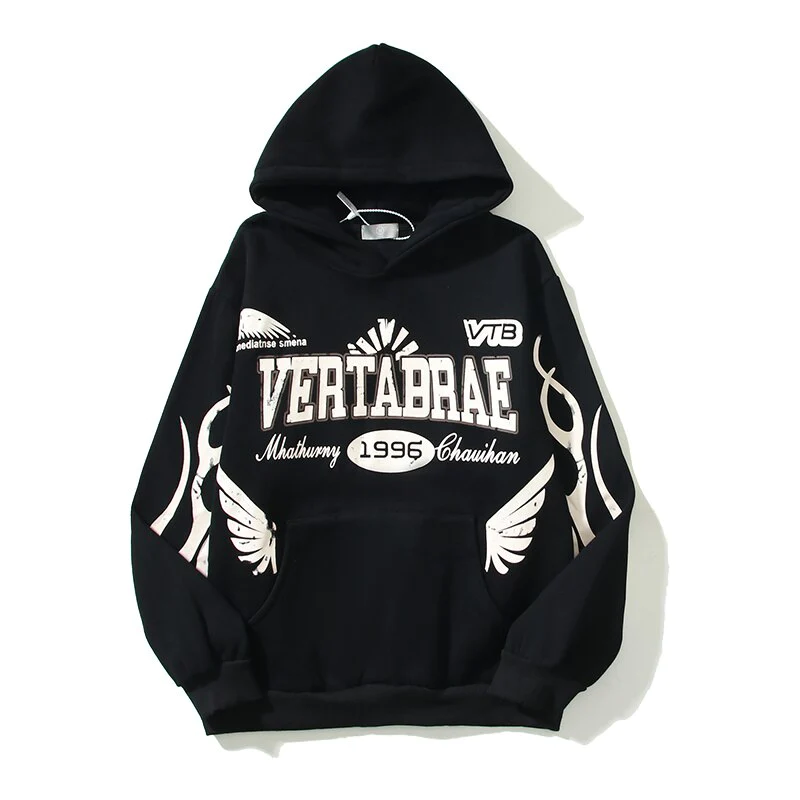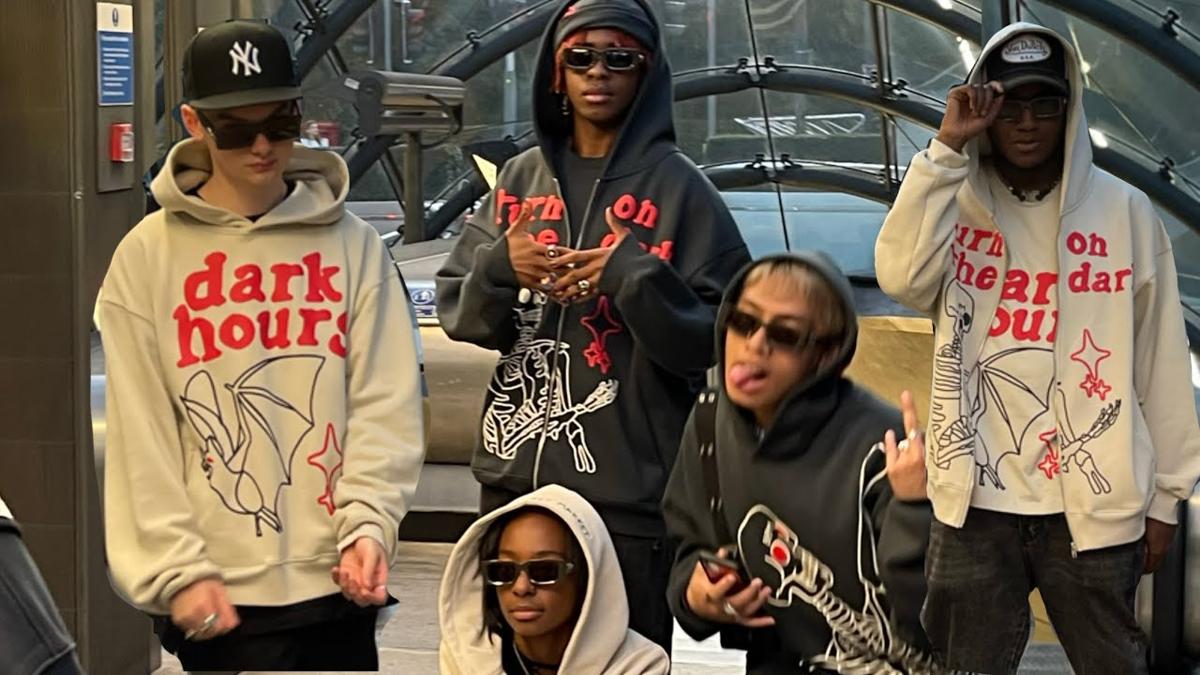
Stüssy The Streetwear Legacy That Redefined Fashion
- Book My Author
- Business
- 2025-09-19 20:51:42
- 816K
In the world of fashion, trends come and go with dizzying speed. Yet some brands carve out such a strong identity that they transcend fleeting fads and become cultural institutions. Stüssy is one such brand. Born from surf culture in Southern California, Stüssy has evolved into a global streetwear powerhouse, influencing generations of style enthusiasts and bridging the gap between underground subcultures and mainstream fashion. Its rise from a simple signature logo to a worldwide icon is not just a story of branding but one of community, innovation, and cultural resonance.
The Origins of Stüssy
The story begins in the early 1980s with Shawn Stüssy, a surfboard shaper from Laguna Beach, California. Known for crafting custom boards, he began signing them with his now-famous hand-drawn scrawl. That same signature soon found its way onto T-shirts, shorts, and caps, items he sold out of his car at local surf spots. What started as an extension of surfboard branding quickly became a fashion statement of its own.
The appeal lay in its effortless cool. The Stüssy script logo was bold, stylish, and instantly recognizable. More importantly, it felt authentic—it emerged organically from the surf scene rather than being engineered by corporate marketers. By the mid-1980s, the brand was already attracting attention from beyond California’s beaches, finding fans in skateboarding, hip-hop, and club culture.
A Global Subcultural Movement
What set Stüssy apart from other surf-inspired clothing lines was its ability to transcend its roots and resonate with different subcultures worldwide. In New York, it became a favorite among hip-hop artists and graffiti crews. In London and Tokyo, ravers and club kids embraced its oversized silhouettes and bold graphics.
By blending elements from diverse movements—surf, skate, hip-hop, and punk—Stüssy became a unifying symbol of youth culture. This versatility was intentional. Shawn Stüssy and his partner, Frank Sinatra Jr. (not the singer, but a savvy businessman), envisioned the brand as a global network rather than a local label. They established what became known as the “International Stüssy Tribe”—a loose collective of creatives, DJs, skaters, and artists who represented the brand in their respective cities. This tribe not only promoted Stüssy but embodied its ethos: individuality, creativity, and community.
The Aesthetic of Stüssy
At the heart of Stüssy’s enduring success is its distinctive aesthetic. The brand’s design language is playful yet sophisticated, mixing hand-drawn logos with bold prints, typefaces inspired by reggae and punk album covers, and graphics referencing everything from art history to pop culture. The clothing balances casual comfort with striking visual impact, making it equally at home on a skateboarder, a DJ, or a fashion editor.
The famous double S logo, the Stüssy crown, and references to graffiti-style lettering all became visual signatures. These elements allowed the brand to maintain consistency while leaving room for creativity. Even today, decades after its founding, a Stüssy hoodie or cap is instantly recognizable, carrying a sense of both nostalgia and contemporary edge.
Collaboration and Reinvention
Part of what makes Stüssy so enduring is its willingness to collaborate and reinvent itself while staying true to its core identity. Long before collaborations became a staple of streetwear, Stüssy was partnering with artists, musicians, and other brands. These collaborations brought fresh perspectives while solidifying its reputation as a cultural tastemaker.
In more recent years, Stüssy has partnered with high-profile names like Nike, Comme des Garçons, Our Legacy, and Dior. Each collaboration showcases a unique blend of identities, but Stüssy’s DNA always shines through. By straddling the worlds of underground cool and luxury fashion, the brand has remained relevant in an ever-evolving industry.
Influence on Streetwear and Fashion
It is impossible to talk about streetwear without acknowledging Stüssy’s foundational role. Before Supreme, Palace, or Off-White, Stüssy laid the groundwork for what streetwear could be: not just clothing but a cultural movement tied to music, art, and community.
The model of creating exclusivity through limited releases, cultivating a tribe of influential supporters, and blending casual wear with cultural symbols—all of these strategies became standard practice in the streetwear industry. Even luxury fashion houses that once dismissed streetwear now embrace its codes, a shift Stüssy helped pioneer.
The Modern Stüssy
Today, Stüssy continues to thrive as a brand that bridges generations. For older fans, it carries nostalgia for the early days of surf, skate, and hip-hop. For younger audiences, it feels fresh and current, thanks to its collaborations and ability to tap into contemporary culture. Its stores in cities like Los Angeles, New York, Tokyo, and London remain hubs for creative communities, offering not just clothes but an atmosphere of belonging.
The brand’s staying power also lies in its authenticity. Unlike many labels that chase trends, Stüssy has always defined its own. It remains rooted in Shawn Stüssy’s original vision: clothing that feels personal, expressive, and tied to a larger cultural movement.
Conclusion
Stüssy is more than just a clothing brand—it is a cultural phenomenon. From the beaches of Laguna to the streets of Tokyo, it has inspired and united communities around the world. Its blend of surf, skate, hip-hop, and club influences has created a timeless aesthetic that continues to evolve while remaining unmistakably Stüssy.
In an industry where brands often fade as quickly as they rise, Stüssy’s longevity is remarkable. It stands as proof that authenticity, creativity, and community are more powerful than fleeting trends. As fashion continues to evolve, Stüssy’s influence will remain woven into the fabric of global streetwear—an enduring legacy of style and culture.










